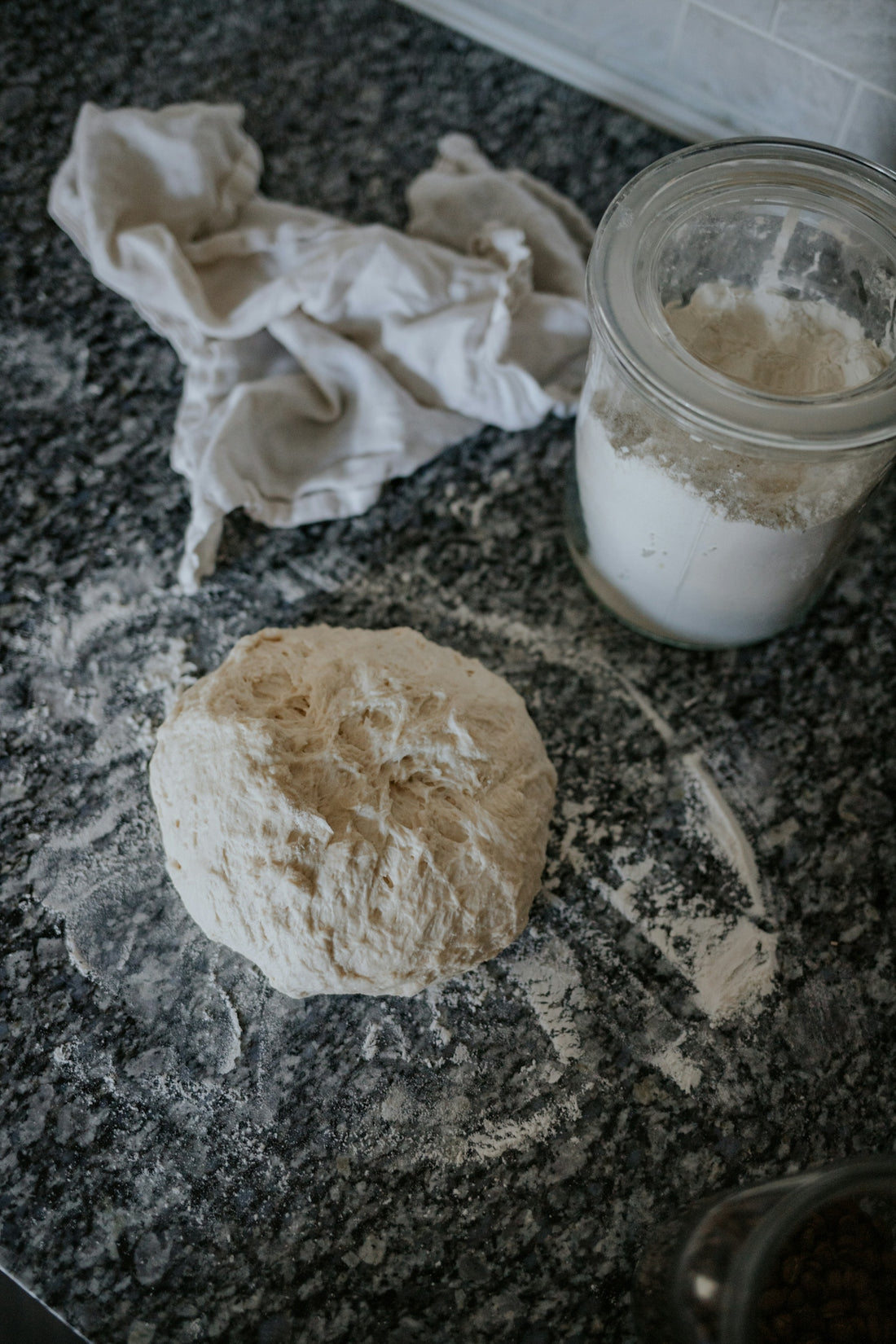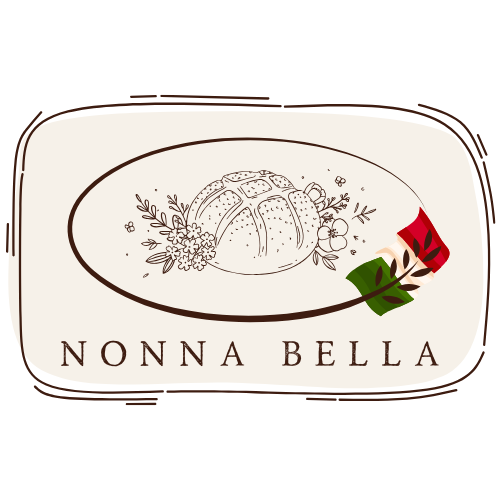
Exploring Sourdough Starter Feeding Schedules and Storage
Welcome to Italian Sourdough, your ultimate resource for all things sourdough. If you are new to the world of homemade sourdough or looking to refine your artisan bread baking skills, understanding the art of sourdough starter feeding schedules and storage is essential. In this comprehensive guide, we will delve deep into sourdough starter maintenance, offering tips and troubleshooting advice that will make your baking journey smoother and more rewarding.
Understanding Sourdough Starter
A sourdough starter is a culture of flour and water inhabited by wild yeast and bacteria, which is used to leaven bread naturally. Unlike commercial yeast, wild yeast fermentation develops flavors that make sourdough bread unique. This fermentation process not only contributes to the bread's taste but also to its health benefits, making it a popular choice for people with digestibility concerns and those mindful of their glycemic intake.
The Benefits of Sourdough Fermentation
The benefits of sourdough fermentation include improved digestion, longer shelf life, and a delightful depth of flavor. It can even be more suitable for some diabetics due to its lower glycemic index. Understanding the magic behind wild yeast fermentation can take your baking skills to new heights, providing a journey of discovery with every loaf of artisan bread you create.
How to Feed Your Sourdough Starter
Feeding your sourdough starter involves mixing equal parts of flour and water into your existing starter to keep it lively and active. Typically, a sourdough starter feeding schedule can follow these general guidelines:
- Daily Schedule: Feed it once every 24 hours if kept at room temperature.
- Weekly Schedule: If stored in the refrigerator, it can last a week between feedings.
Consistency in feeding is crucial. For detailed guidelines and a reliable schedule tailored to your routine, visiting our product page on the Sourdough Starter Kit 24 Oz can be highly beneficial.
How to Store Your Sourdough Starter
Proper storage of your sourdough starter is vital for maintaining its health and viability. Here are some techniques for effective storage:
- Room Temperature: Keep it on the counter if you bake frequently. This method requires daily feeding.
- Refrigerator: Ideal for less frequent baking. You’ll need to feed it weekly.
- Freezer: For long-term storage, freeze a portion of your starter. Thaw and revive it by feeding before the next use.
Maintaining a healthy starter is simpler with the right tools, such as the Professional Baking Tools 24 Oz Sourdough Starter Jar.
Sourdough Starter Troubleshooting
Even seasoned bakers encounter issues with their starters. Here are common challenges and solutions:
- Hooch on Top: A layer of liquid, known as hooch, can develop if the starter is hungry. Stir it in and feed your starter.
- Lack of Activity: Ensure your environment isn’t too cold and you are using quality ingredients.
- Off Smell: If your starter smells bad, discard most of it and feed it with fresh flour and water.
Sourdough Starter vs. Commercial Yeast
When comparing sourdough starter to commercial yeast, there are several considerations to keep in mind:
- Flavor: Sourdough offers complex flavors that are unmatched by commercial yeast.
- Health Benefits: The natural fermentation process makes sourdough bread easier to digest.
- Leavening Power: While slower, sourdough provides a robust rise and delightful texture.
Baking with Sourdough
The journey from starter to bread on the table includes several steps, each crucial for success:
How to Bake Sourdough Bread
An easy sourdough bread recipe typically includes flour, water, salt, and a healthy starter. When baking, follow these key steps:
- Mix: Combine and knead the ingredients until a smooth dough forms.
- Bulk Fermentation: Allow the dough to ferment, increasing the flavor and texture.
- Shape: Learn how to shape sourdough bread using techniques that suit your style.
- Proof: Let your shaped dough rest to enhance flavors.
- Bake: Master how to get a crispy sourdough crust through proper oven steaming.
Best Sourdough Scoring Techniques
Scoring not only makes your bread aesthetically pleasing but also controls how it expands. You can refine your methods with the Wooden Handle Bread Lame.
Selecting the Right Tools
The right equipment can elevate your baking. Consider essential tools like:
- Sourdough Container: Maintains your starter's health.
- Thermometer: Ensures optimal fermentation temperatures.
- Carbon Steel Bread Pans: Achieve perfect loaves with Nonna Bella Bread & Loaf Pans.
Expanding Your Sourdough Repertoire
Beyond traditional bread, diversify your baking with sourdough pizza dough and sourdough bagels. Experimenting with sourdough discard in other recipes broadens the use of this fascinating ingredient and cuts waste.
Italian Sourdough Bread: A Legacy of Flavor
Italian sourdough bread holds a special place in the culinary arts. Whether questioning if an organic sourdough starter with a long legacy is better or exploring regional variations, the experience itself enhances every baker's sourdough life.
Conclusion
Embarking on the sourdough journey transforms not just your baking skills but your appreciation for artisan craft. With the information provided, such as how to feed and store your starter, troubleshoot common problems, and the advantages of sourdough vs. regular bread, you are primed to succeed in creating delightful homemade sourdough treats.
For more insights, resources, and quality baking tools, visit Italian Sourdough where you can find products like the Nonna’s Pizza Dough Docker to perfect your creations.
Begin your artisan sourdough journey today and taste the distinct flavors of expertly fermented bread!
